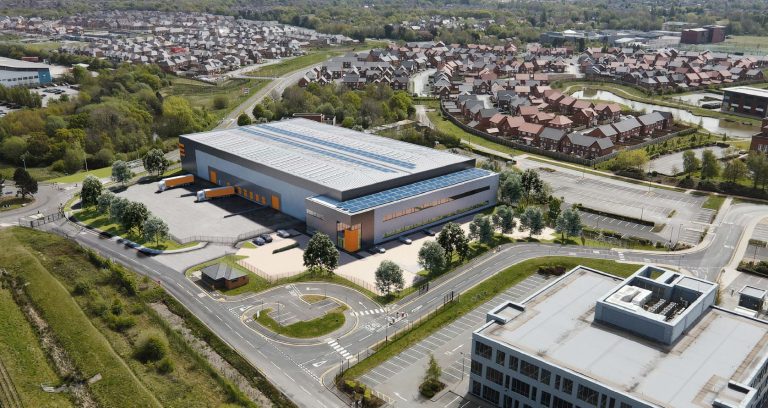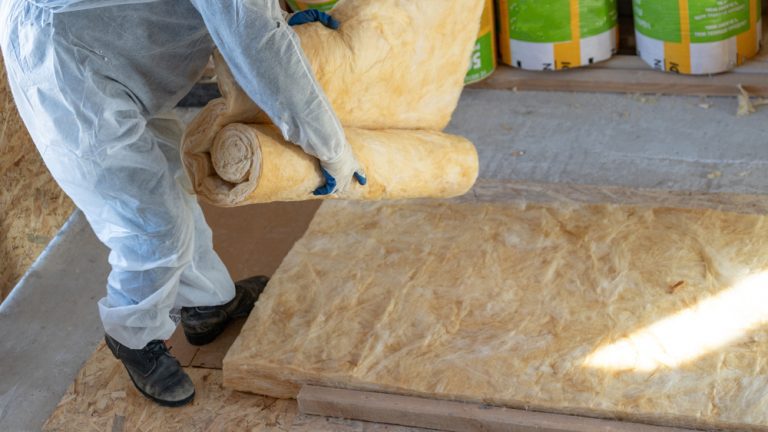To face our world’s critical needs for sustainable and qualitative living spaces, global building material manufacturer and pioneer in lightweight construction Etex further pledges to be an agent of change in the sustainable building sector. Next to its intrinsically sustainable portfolio, Etex is doing more by setting clear ambitions for the next eight years across five priority areas: health, safety and well-being; decarbonisation; circularity; diversity, equity, and inclusion; and customer engagement. Etex’s 2021 Sustainability Report is accessible here. Etex’s answer to the world’s needs for sustainable and qualitative living spaces Climate change and societal challenges demand sustainable stewardship from businesses, governments and the wider public. Etex strives to be an agent of change in the sustainable building sector committed to combating climate change. Driven by six megatrends – resources scarcity, a growing world population, ageing cities, technological evolutions, growing complexity and productivity matters – Etex made key strategic investments in the technologies and areas of expertise that should be crucial for the future. With its effective lightweight construction solutions and innovative building materials such as plasterboards, fiber cement boards or glass mineral wool, Etex embraces the demand for high-quality, energy-efficient and sustainable living and working spaces. Etex’s lightweight construction solutions are 15 to 45% less emission-intensive to produce and offer the potential to reduce raw material and energy use, contributing to long-term circularity through deconstruction, reuse and recycling. Sustainability as key strategic driver As part of the construction industry value chain, Etex depends on raw materials, energy, water and other ecosystem services. By design, the industry has a significant environmental footprint: 26% of greenhouse gas emissions are from the construction value chain. At the same time, social considerations matter along this value chain. As a proactive partner, Etex strives for continuous improvement towards people and the planet. In recent years, Etex laid a solid foundation to become a more sustainable organisation. In 2020 the company became a signatory of the United Nations Global Compact (UNGC) for sustainable and responsible business practices. As a global citizen, Etex also committed to supporting the United Nations 17 Sustainable Development Goals (SDGs) by implementing concrete projects and initiatives. Together with a wide range of internal and external stakeholders the company defined where it has the biggest impacts and where it can secure the biggest sustainability wins. These early efforts have already paid off, with tangible results and recognition. In 2021 Etex published its first-ever Sustainability Report. In its most recent business sustainability assessment as a supplier in 2021, Etex received a silver medal from EcoVadis in recognition of its best-in-class sustainability management. The silver medal places Etex in the top 25% of all companies evaluated by EcoVadis. In 2021, Etex’s Environmental, Social and Governance (ESG) risk exposure was rated 18.1 out of 100, indicating that the company has a low risk exposure and is ranked favourably amongst its peers in the top 10% of the construction industry. Road to Sustainability 2030 It is now time to go further, which is why Etex decided to embark on its Road to Sustainability 2030. Etex’s sustainability goals are ambitious, and the company worked hard to translate them into dedicated workflows, clear action plans and targets. They are organised across five priority areas: Health, safety and well-being: the daily goal is to reach zero fatalities, harms or burnouts; Customer engagement: Etex aims to build a sustainable roadmap per product platform by 2025; Diversity, equity and inclusion: by 2025, Etex will cover all teammates by diversity, equity and inclusion policies, procedures and practices. It will also train all teammates on diversity, equity and inclusion as well as close the gender pay gap; Decarbonisation: the goal for 2030 is to reduce greenhouse gas emissions (intensity of scopes 1 and 2) by 35% compared to 2018; Circularity: by 2030, Etex will use more than 20% of circular input as raw material (compared to 2018), send zero waste to landfill, use 100% recycled packaging material and reduce plastic packaging with 20% (compared to 2018), offer a take back service of its product portfolio in 80% of its European countries, and dedicate 50% of its innovation resources to sustainability. Celebrating the sustainability successes of 2021 In line with Etex’s overall sustainability efforts and the publication of its first-ever Sustainability Report in 2021, the company also garnered significant successes over the past year. Among some of the achievements, Etex increased the percentage of its worldwide purchased electricity from renewable sources to 82%. Additionally, improvements in feeding production waste back into the production process and other successful activities led to a significant reduction in the amount of total waste generated, avoiding more than 45,000 tonnes. 2021 was also marked by innovation records. Etex’s solutions where a positive contribution to sustainability is the key feature made up 75% of innovation projects. To support the mental health of teammates, in September 2021 Etex sealed a partnership to offer an employee assistance programme accessible 24/7 to all teammates in their local languages. Regarding its overall work environment, Etex is motivated by a 2021 survey results which showed an 86% employee engagement rate across Etex, up 15% on 2018 and 6% above the manufacturing industry norm. Bernard Delvaux, CEO of Etex: “Today Etex has sustainability as a guiding compass of business transformation, with concrete objectives that reflect the company’s ambition. We are on an exciting journey towards improving sustainability in the short and long term. We know there is a long road ahead, which is why we invite all our stakeholders to further support us in becoming a leading benchmark in our industry.”














